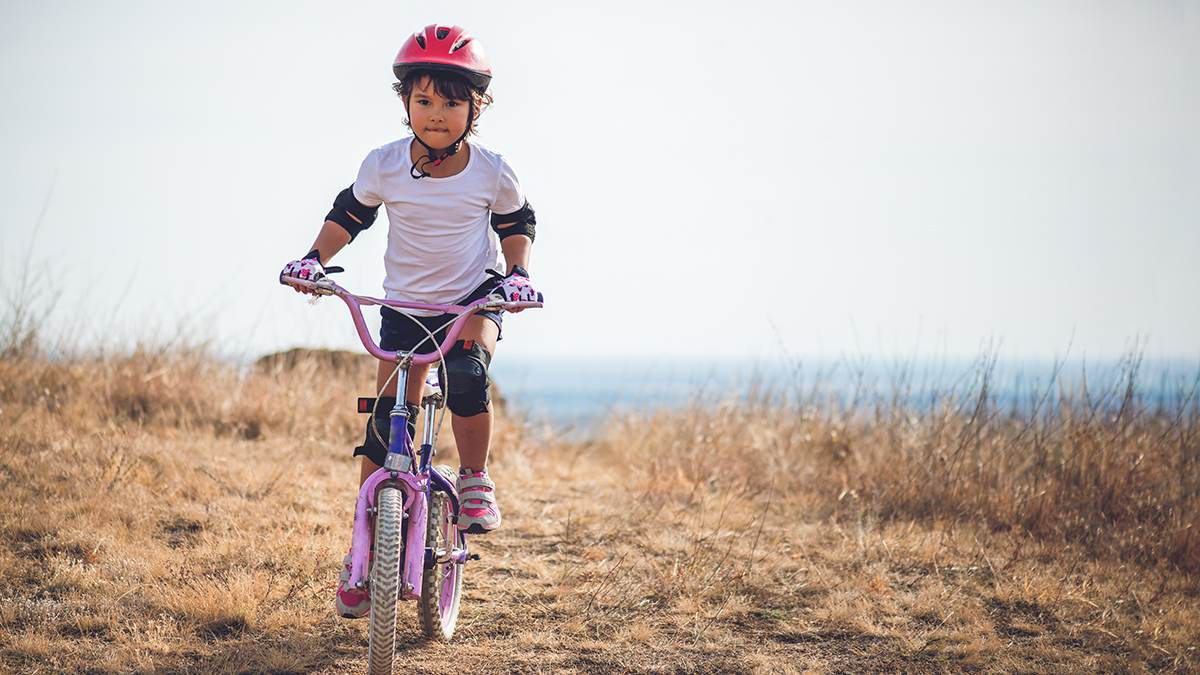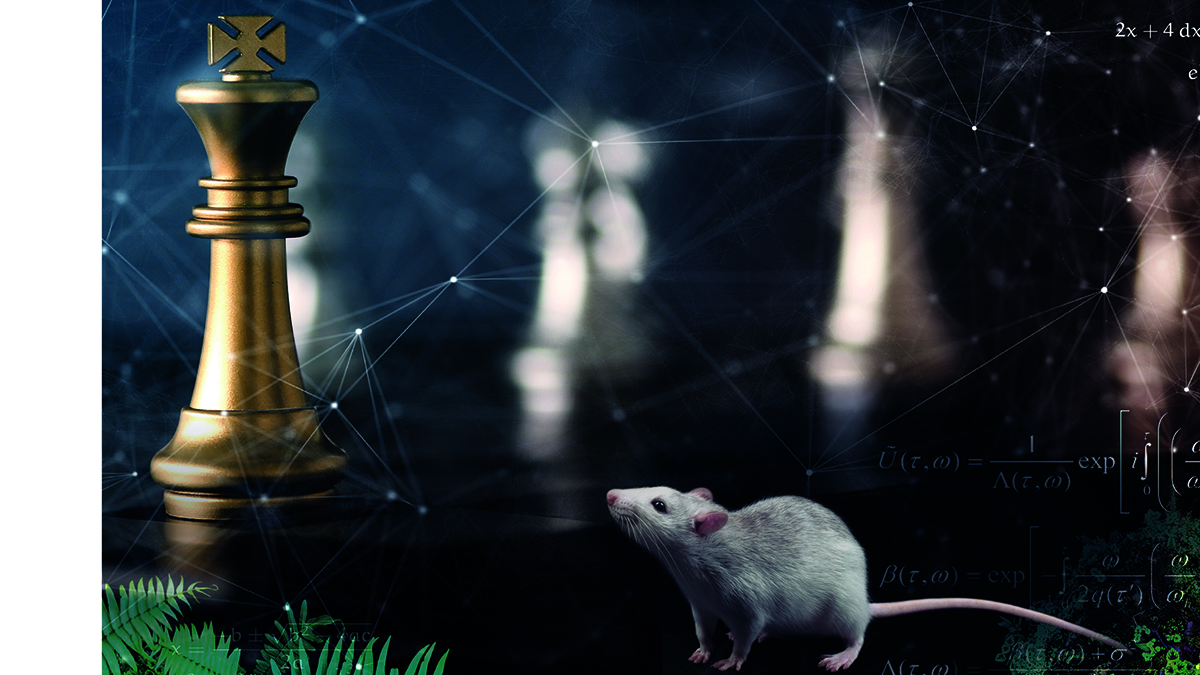Teaching Teachers
Learning to Teach with Science Representations
Meaningfully connecting the three dimensions of science
Science and Children—January/February 2023 (Volume 60, Issue 3)
By Meredith Park Rogers, Cindy Hmelo-Silver, Celeste Nicholas, Dionne Cross Francis, and Joshua Danish
engineering encounters
Placemat Instructions
The development of a new type of instructions for learning engineering practices through robotics
Science and Children—January/February 2023 (Volume 60, Issue 3)
By Sara Willner-Giwerc, Rachel Hsin, Sonia Mody, and Chris Rogers
science 101
Q: How Does the Sun’s Heat Get To Us Here on Earth?
feature
Is It A Change?
Assessments and demonstrations to challenge students’ conceptions about matter and encourage practice forming explanations
feature
Modeling Energy
Stations to support fourth-grade students’ learning of energy concepts
Science and Children—January/February 2023 (Volume 60, Issue 3)
By Delaney Carone, Ashley Perkins, and Catherine Scott

feature
Come On Feel The Noise
Investigating sound and vibration in first grade with a nod to NOS
Science and Children—January/February 2023 (Volume 60, Issue 3)
By Ellen Gow, Jerrid Kruse, Susan Wees, Kristy Dee, and Leslie Hernandez

feature
Eco Chess
A classroom game exploring energy transfer within an ecosystem
Science and Children—January/February 2023 (Volume 60, Issue 3)
By Colby Tofel-Grehl, Sarah Braden, Candace Penrod, Laura Wheeler, Tyler Hansen, Andrew Jones, and Clayton Chamberlain

feature
Let Me Tell You A Story
Using storytelling followed by hands-on activities to teach energy transfer to upper elementary students
teaching through trade books
Seeing The Light
Tech Talk
Energy in Its Many Forms
Science and Children—January/February 2023 (Volume 60, Issue 3)
By Heather Pacheco-Guffrey






